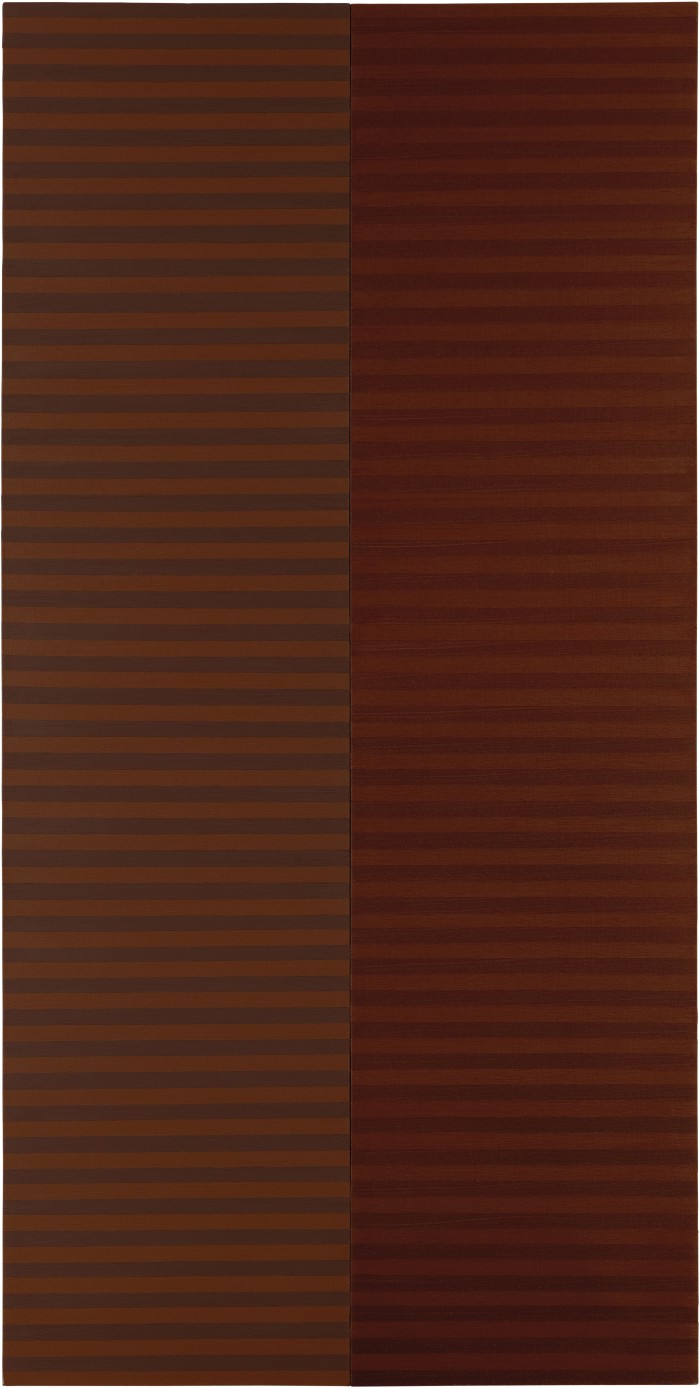Sean Scully
Quintana Roo 1980

© Sean Scully. Reproduction of this image, including downloading, is prohibited.
Welcome to the Anderson Collection
Stanford University's free museum of modern and contemporary American art

© Sean Scully. Reproduction of this image, including downloading, is prohibited.